How to Choose Your Baby’s Perfume
Contents
– Perfume adapted to babies
– How to perfume a baby?
– When is it not advisable to perfume your baby?
– Price of a baby perfume
Babies’ skin has a particular smell. Smell, indeed, is one of the essential factors that contribute to the attachment process. Mothers love to breathe in their baby’s scent and find even greater pleasure when it is scented.
In 1970, the house of Dior launched the first baby perfume, baby Dior, a low-alcohol cologne. But the baby perfume was not yet in customs, and the product did not know the expected success. The experience was repeated in the 80s by the famous children’s clothing brand, Bonpoint. Bonpoint water was a subtle blend of citrus and orange blossom scents, which was a great success this time.
Since then, the choice has increased, and brands are diversifying, offering floral or fruity scents according to age and gender.
Perfume adapted to babies
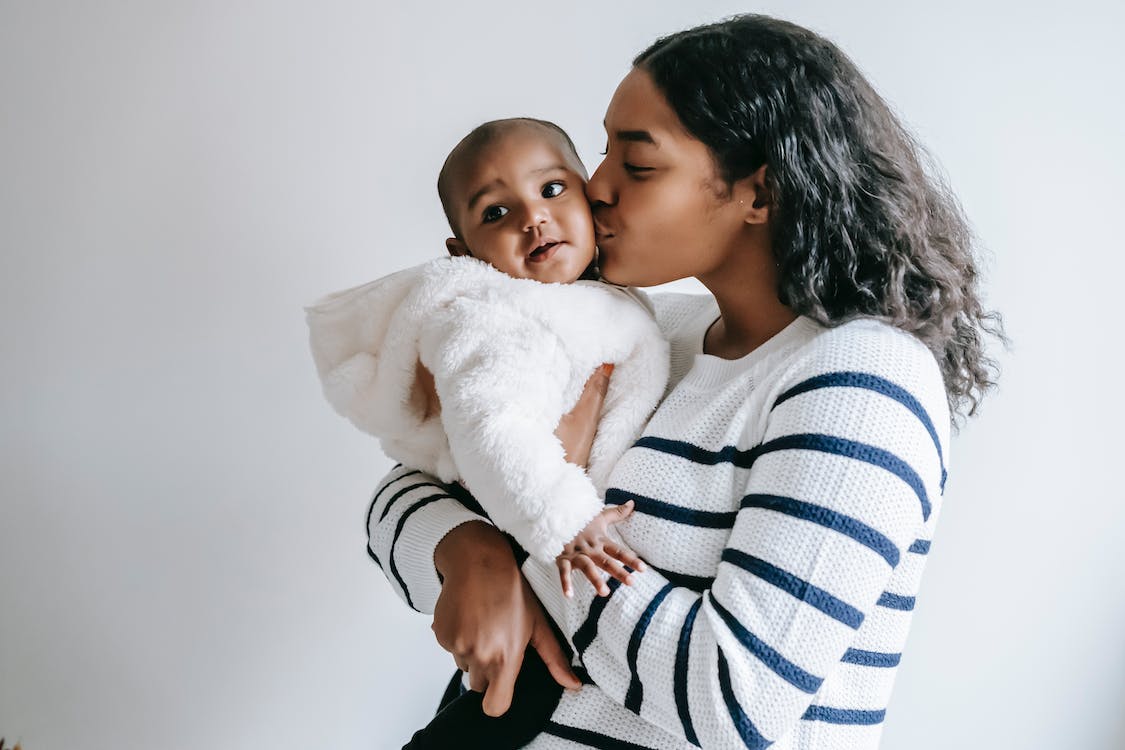
The products are different, both in their fragrances and in their composition. How we perfume an infant is not the same as how we perfume an older child. Does people in daycare centers no about this? Some do know, but others do not, most probably because of a lack of information. We, therefore, wrote this article to shed light on this interesting subject.
Before age 3, it is recommended to use fragrances without alcohol, Eau de senteurs. It is also advisable to choose hypoallergenic fragrances, without parabens or phthalates, these chemical compounds that are dangerous for the development of infants and thus protect their skin.
After 3 years, we find Eaux de toilette, which contains a percentage of alcohol lower than that of an eau de toilette for adults, and are declined in sweeter notes, different according to the sexes.
How to perfume a baby?
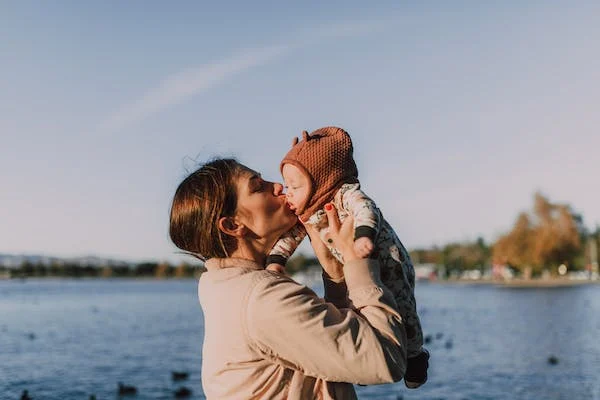
From birth, the newborn is sensitive to odors. Very quickly, he recognizes the smell of his mother or the person who takes care of him, the smell of milk, and the familiar smells of his environment. In the months following birth, the infant’s olfactory capacities will develop, and the smells around him will become one of his essential reference points.
The baby’s security base is built mainly on his olfactory environment. This is why it is not recommended to change perfume, soap, or shampoo in the months following the birth of your baby. Similarly, if you perfume your baby, stick to one fragrance and avoid changing it.
A baby’s skin is particularly fragile. It is, therefore, better to avoid direct contact with the perfume on the skin. Pouring a few drops of perfume on your baby’s hair or the brush is better. You can also scent his clothes.
When is it not advisable to perfume your baby?
The skin of the infant is exceptionally fragile. Tiny scabs may cover the baby’s scalp, nose, wings, elbows, and knees. In the first few months, your baby may develop seborrheic dermatitis, commonly known as cradle cap. This phenomenon is not severe and is very common. However, it is important to refrain from using allergenic or perfumed substances.
Similarly, if your baby has a cough or cold, scented substances may bother him or her and make the condition worse.
Good to know: the claim “fragrance-free” is not allowed when a product contains an ingredient with a fragrance function. So read the product’s composition carefully, not just the advertising message!
Price of a baby perfume
Most brands offer baby fragrances in the $30 range. Some also provide fun fragrances, accompanied by a doll or plush toy, different if it is a girl or a boy, whose prices are around $50.
So the choice is yours!
Did you like this post? This post is incomplete without your comments, so remember to write a few words below.

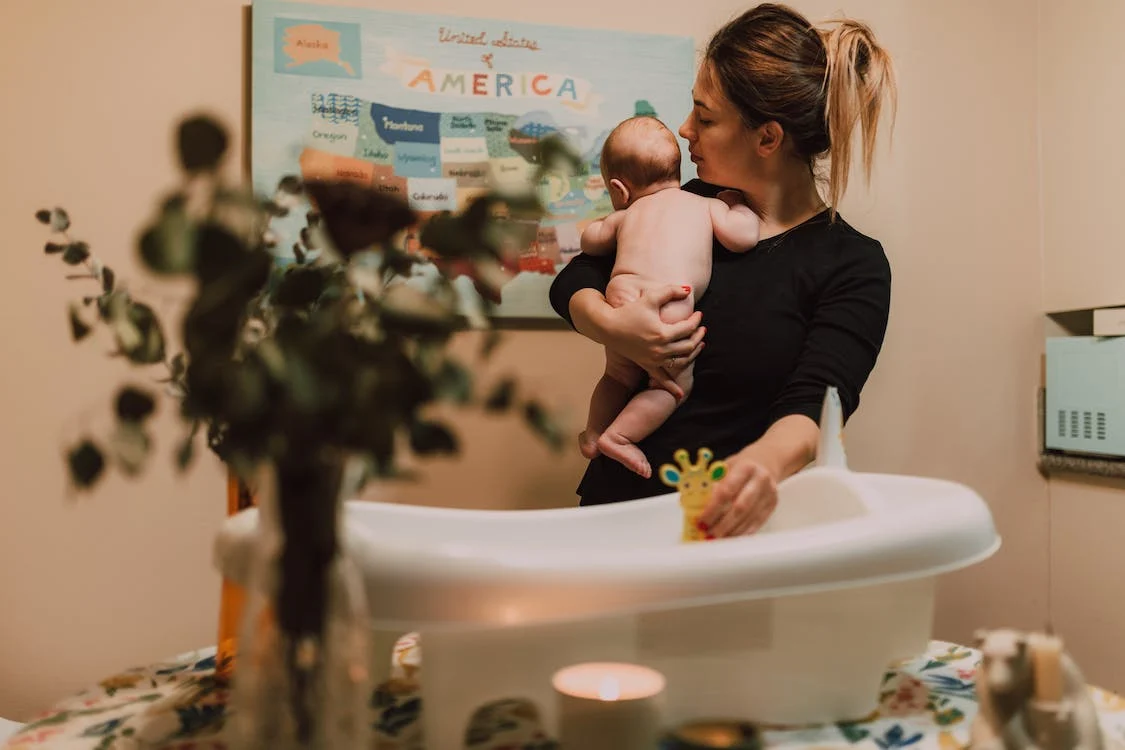
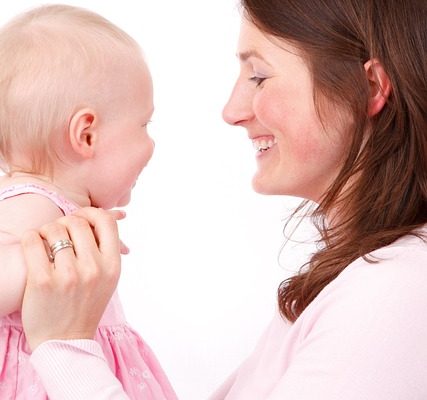
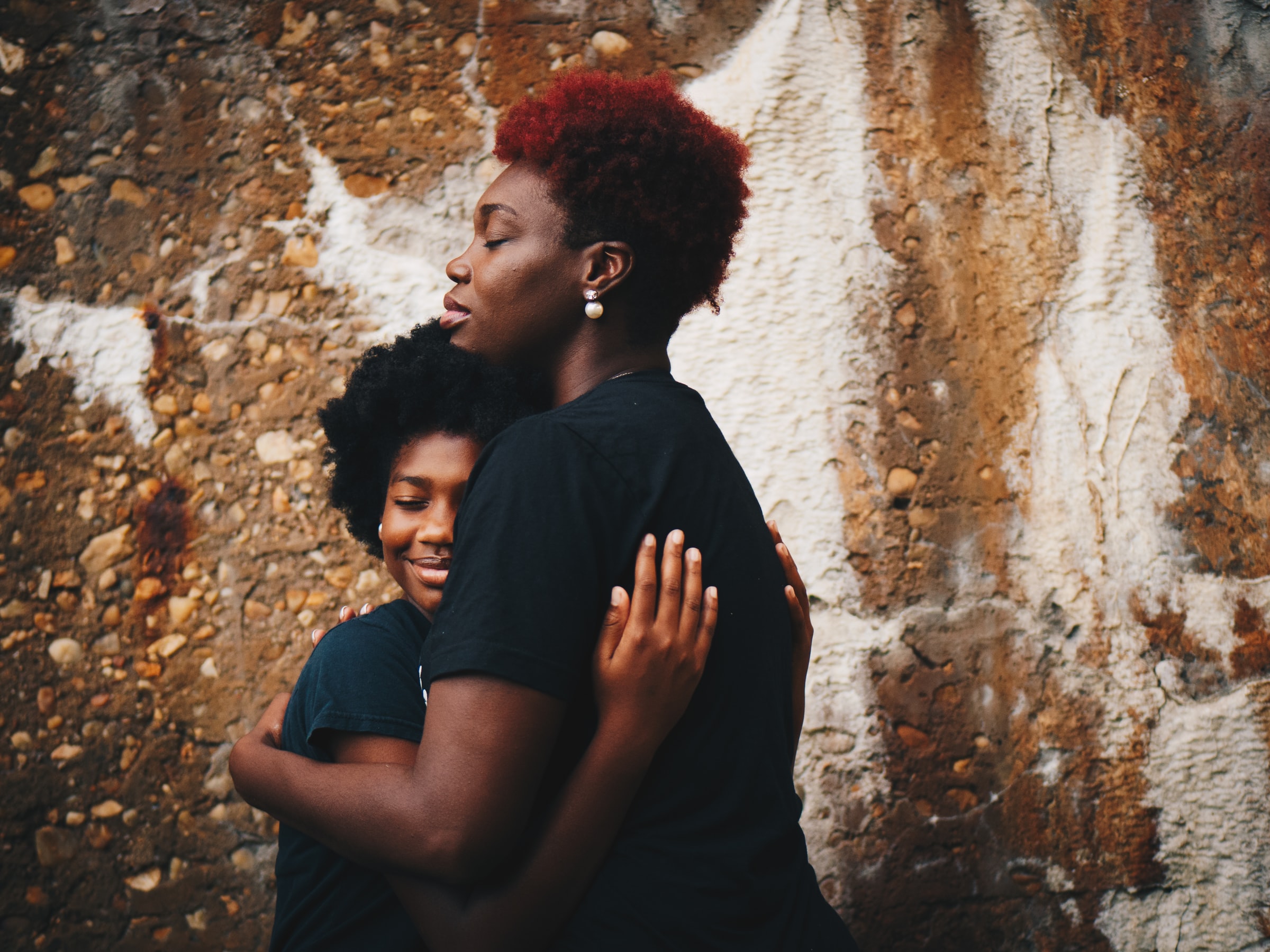
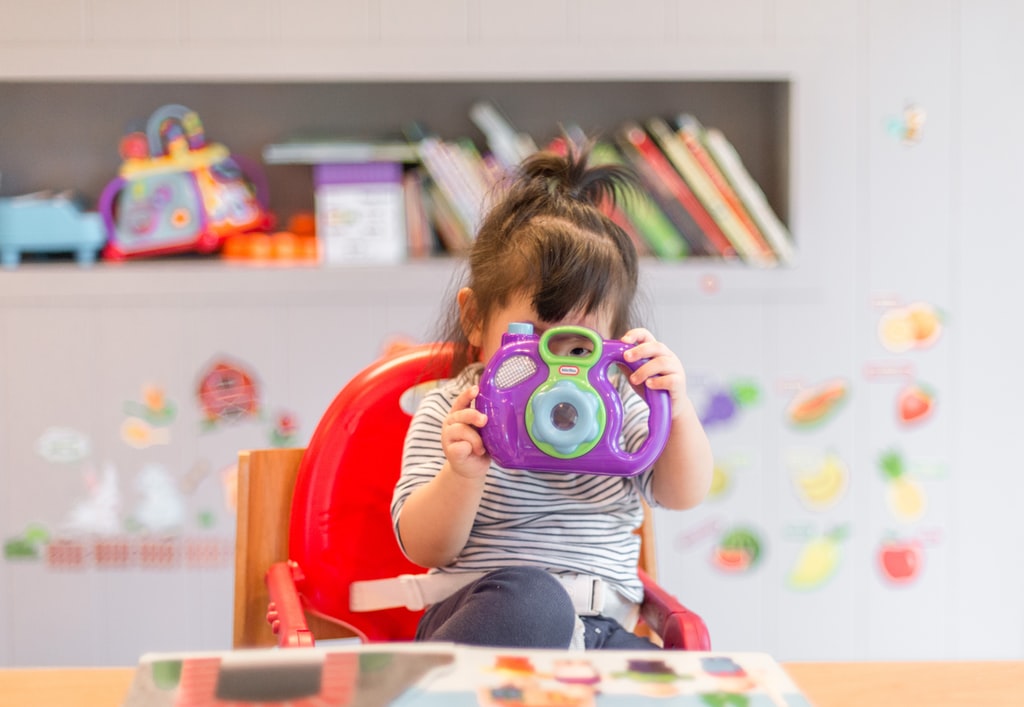

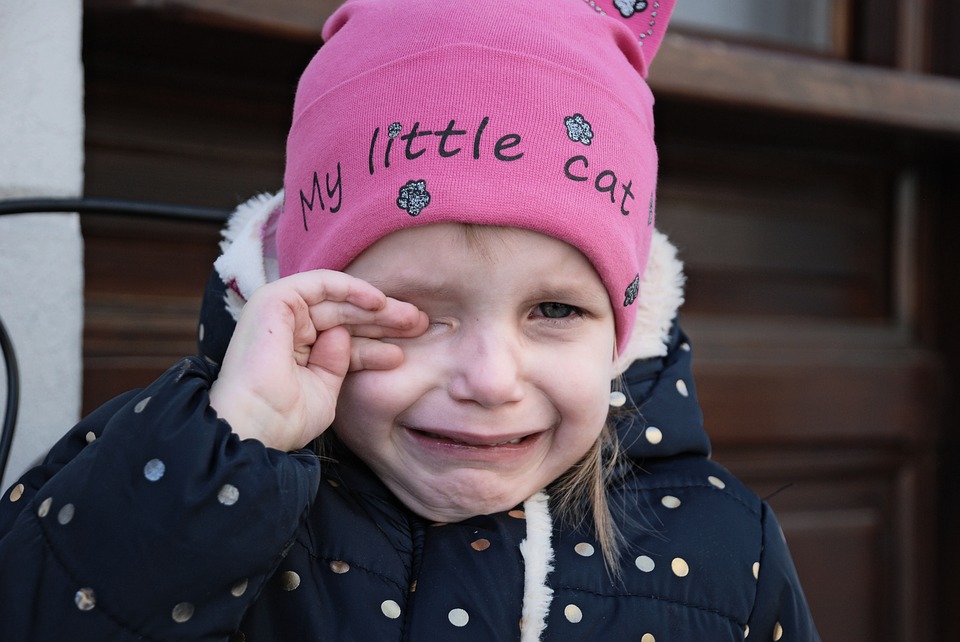

[…] How to Choose Your Baby’s Perfume; […]
[…] How to Choose Your Baby’s Perfume; […]
[…] How to Choose Your Baby’s Perfume; […]
[…] How to Choose Your Baby’s Perfume […]
[…] How to Choose Your Baby’s Perfume; […]
[…] How to Choose Your Baby’s Perfume; […]
[…] How to Choose Your Baby’s Perfume; […]